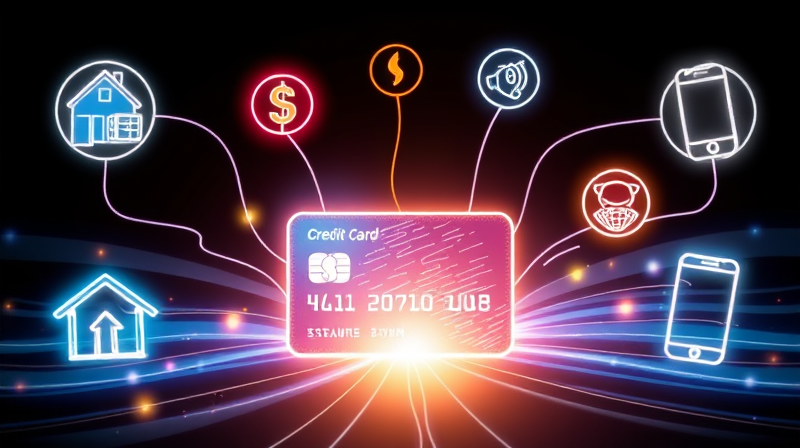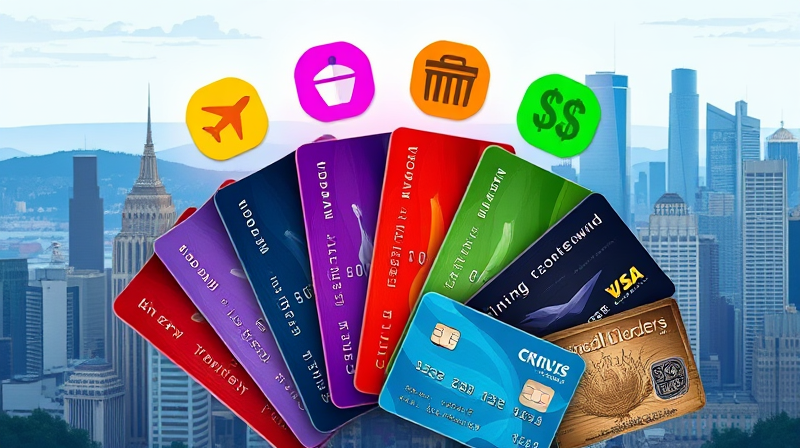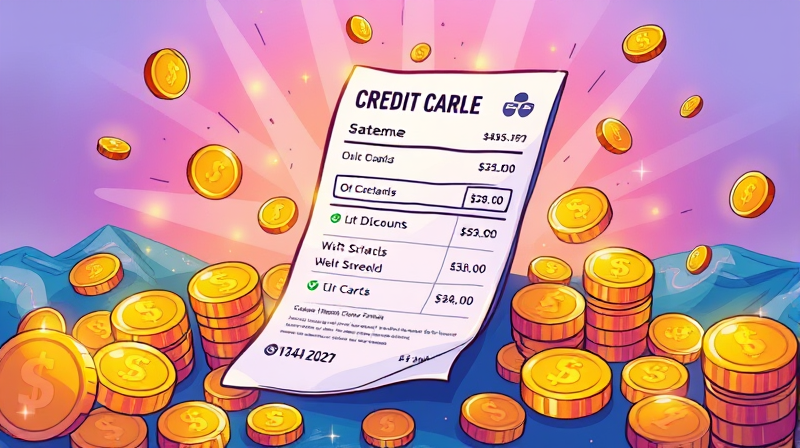
Managing recurring bills can be both a convenience and a challenge. Automating payments through a credit card ensures you never miss a due date, but it also demands vigilance, strategy, and responsibility. In this guide, we explore how to harness credit cards effectively to pay monthly, quarterly, or annual subscriptions while safeguarding your finances and credit health.
Automated, scheduled credit card transactions—also known as recurring credit card payments—allow merchants to charge your card at fixed intervals without manual intervention. Common examples include utilities, streaming services, gym memberships, insurance premiums, and cell phone plans.
Typically set up for monthly, quarterly, or annual billing cycles, these payments reduce the risk of late fees and eliminate the need to track every due date manually. The convenience factor is undeniable, but the true benefit lies in pairing automation with active management.
In fact, surveys show that over 66% of Americans rely on recurring card payments, and the average consumer maintains around 12 active subscriptions. This trend underscores the importance of proactive subscription and cost management to keep budgets in check.
While many consumers focus on the ease of setup, credit cards offer a suite of benefits that extend far beyond simple automation.
Beyond perks, automation brings an added layer of financial discipline, as you trade manual steps for reliable, consistent payment practices that support long-term goals.
Industry surveys indicate that more than two-thirds of consumers in the United States have at least one recurring payment set up via credit card, and the average American pays for twelve subscriptions each month. By choosing the right card and strategy, you can leverage these facts to your advantage.
Automation is powerful, but it also brings its own set of challenges. Understanding potential pitfalls is key to avoiding financial stress.
Card networks monitor for excessive chargebacks and may penalize merchants with service suspensions—an indirect risk that can affect your recurring services if a provider’s account is impacted. This reflects excessive chargeback rate penalties on downstream operations.
Security standards such as PCI DSS are in place to protect stored card data, but no system is infallible. Staying vigilant and informed is essential.
To maximize benefits and minimize risks, follow these proven strategies:
By combining these tactics, you maintain full control over your finances and prevent minor charges from ballooning into significant expenses.
These practices align with industry security regulations like PCI DSS, ensuring that your card information is shielded from breaches while keeping you one step ahead of fraud.
Selecting an optimal credit card is as important as managing the payments themselves. Consider a card that balances rewards, fees, and protection features tailored to your lifestyle.
This comparison highlights how different cards can address specific needs. Evaluate your spending patterns to find a match that truly maximizes your spending benefits without hidden costs.
Also factor in issuer customer service quality and automated card updater services, which can seamlessly transfer payment details when your card is renewed or replaced—a feature that effectively minimizes payment disruptions.
Using your credit card for recurring bills can streamline your financial life, improve your credit profile, and even put money back in your pocket through rewards. However, it demands a disciplined approach involving constant monitoring, strategic scheduling, and careful card selection.
Start by listing all existing recurring payments and matching them to the card that offers the best combination of rewards, fees, and security. Set up alerts, update your cards promptly, and audit subscriptions quarterly. With these steps, you turn automated billing into a powerful tool for financial empowerment and growth.
Finally, consider using budgeting apps that categorize and visualize your recurring expenses, turning data into insights that help you stay aligned with your long-term financial goal tracking.
Embrace automation responsibly, and let your credit card work for you, not against you. Consistency, vigilance, and informed choices will ensure that recurring payments become a cornerstone of your financial stability rather than a hidden liability.
References













